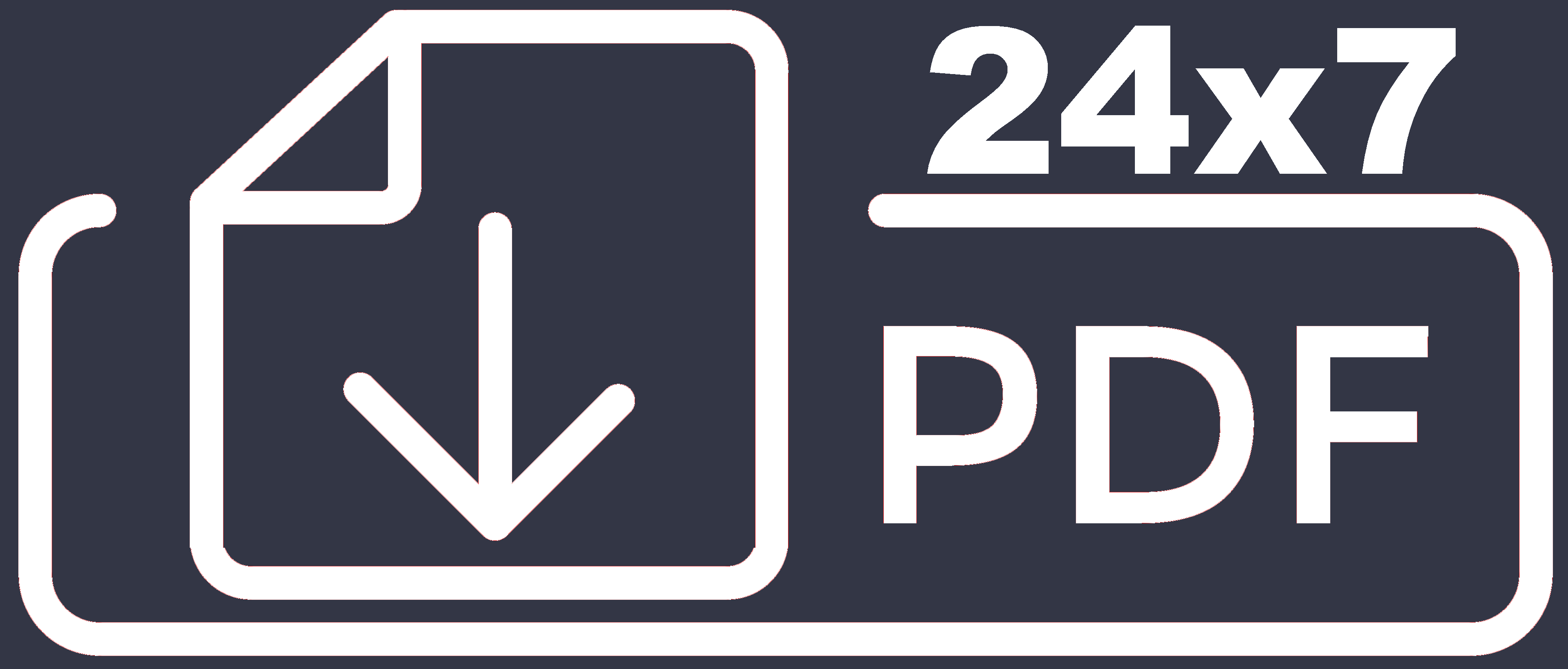Numerical Analysis of Circular, Square, and Rectangular Composite Columns Under Axial and Torsional Loads
(0 User reviews)
217
107
American Journal of Science, Engineering and Technology (Science Publishing Group)
2022
English
Hungary
Abstract
This paper presents a numerical analysis of different sections of circular, square, and rectangular composite columns subjected to axial and torsional loads to characterize the composite columns section performance for different purposes of construction. To accomplish the objective of this study, a parametric examination was conducted. Nine different types of composite columns were investigated. A [circular, square, rectangular] composite column with concrete-filled, with reinforcement bars, and with embedded steel profile were investigated in detail under axial load only and combined effect of axial and torsional loads separately. The strength of composite column materials considered uniformly for concrete, Steel profile, Reinforcement bars in quality, and utilized to determine their impacts under ultimate axial load capacity was examined. The composite columns under load impacts of various percentage 40%, 50% and 60% of its ultimate axial load capacity (P) with a constant magnitude were numerically analyzed. In this paper, different types of composite columns are taken for analysis by making bottom end fully fixed and another top end as pinned support, while the concentrated load and torsion are applied at this point for loading analysis. The FEM software called Abaqus was used for modeling and analysis of composite column by method of finite element considering three-dimensional models for all composite columns’ materials. Concentrated load and Torsion will be applied on the top end of the composite column at the reference point constraint at top-end by coupling. The result analysis is demonstrated to determine the impacts of various levels of axial loads on the behaviour of columns subjected to axial and torsional loading on different composite material, and assessing high and low stress and strain zones, loading compression, rotation and twisting structural properties was investigated.
Axial Load, Circular, Square, Rectangular, Composite Column, FEM, Torsion
This paper presents a numerical analysis of different sections of circular, square, and rectangular composite columns subjected to axial and torsional loads to characterize the composite columns section performance for different purposes of construction. To accomplish the objective of this study, a parametric examination was conducted. Nine different types of composite columns were investigated. A [circular, square, rectangular] composite column with concrete-filled, with reinforcement bars, and with embedded steel profile were investigated in detail under axial load only and combined effect of axial and torsional loads separately. The strength of composite column materials considered uniformly for concrete, Steel profile, Reinforcement bars in quality, and utilized to determine their impacts under ultimate axial load capacity was examined. The composite columns under load impacts of various percentage 40%, 50% and 60% of its ultimate axial load capacity (P) with a constant magnitude were numerically analyzed. In this paper, different types of composite columns are taken for analysis by making bottom end fully fixed and another top end as pinned support, while the concentrated load and torsion are applied at this point for loading analysis. The FEM software called Abaqus was used for modeling and analysis of composite column by method of finite element considering three-dimensional models for all composite columns’ materials. Concentrated load and Torsion will be applied on the top end of the composite column at the reference point constraint at top-end by coupling. The result analysis is demonstrated to determine the impacts of various levels of axial loads on the behaviour of columns subjected to axial and torsional loading on different composite material, and assessing high and low stress and strain zones, loading compression, rotation and twisting structural properties was investigated.
There are no reviews for this PDF.
There are no comments for this PDF.
You must log in to post a comment.
Log in











